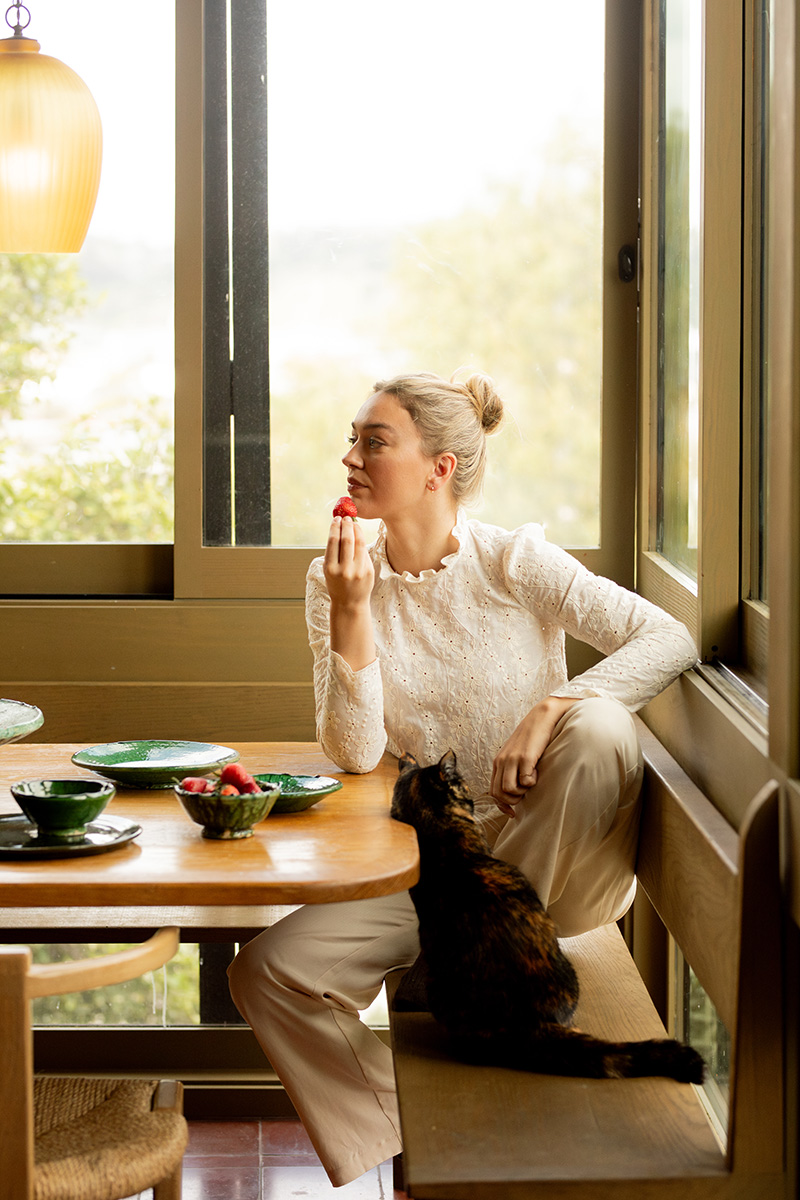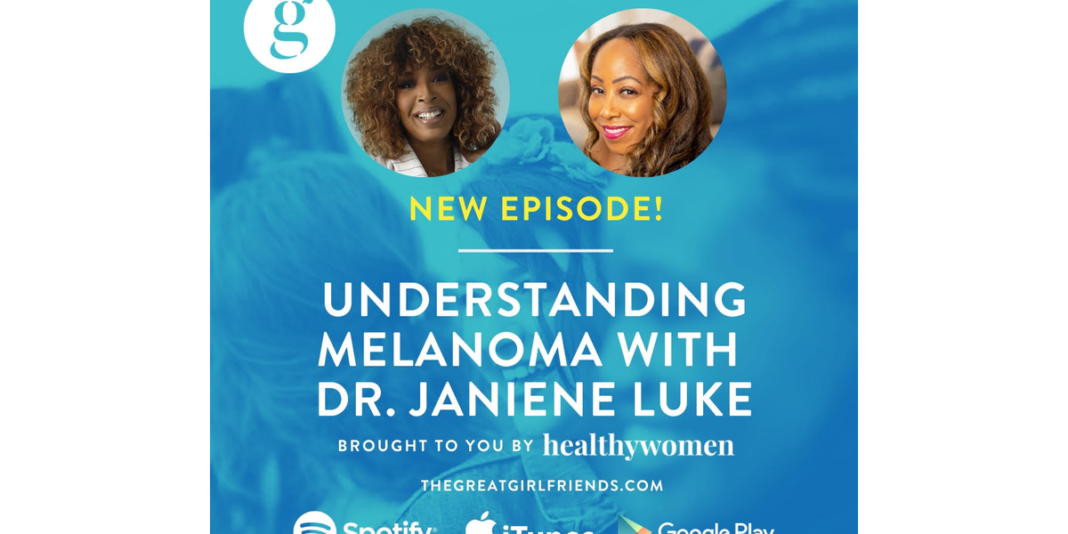“Be gentle with yourself.” These were the words I clung to every day the summer when I got the call that my sister was in the hospital. A rare medical diagnosis, my mom explained over the phone. Her voice was distant, news delivered underwater. I tried to make sense of how the sun could be beaming in the sky, how the birds could be welcoming July with song. All the while, my world was crashing around me. My first response was to grab a suitcase.
I don’t remember the seven-hour drive from Los Angeles to my parents’ house. I do remember how, for weeks, I tended to my sister and plowed through the days on caffeine and too little sleep. I didn’t know then that she would make a full recovery by fall; the future wasn’t in focus. All I could see were hospital layouts and visitation schedules, doctors and nurses to track down with follow-up questions to my follow-up questions.
I waded through that season of unknowns by clinging to any stable object I could find, which did not include my feelings. Something in me decided my emotions were unhelpful and that it was better to remain calm and, most importantly, strong for my family. Even as I later discovered I was experiencing a health scare with my own body, I ignored anything that wasn’t factual, tangible, or right in front of me. As a firstborn, this persona was alarmingly easy and comfortable.
On so many nights, I watched reruns of “America’s Next Top Model” and “So You Think You Can Dance” while my family slept, the hum of the ceiling fan my only company. It was nice to sit alone in the dark, to sink into my parents’ couch cushions, to drink wine and unclench my muscles. I tried not to judge myself for coping in this way. And I didn’t admit to myself that I was shutting out my emotions — quite the opposite. By compartmentalizing my emotions and only expressing them in private, I convinced myself I was actually more in tune with my feelings.
It wasn’t until weeks into my sister’s diagnosis, after we could see that she was progressing towards recovery, that my true emotions began to slip out. My mom, a saint for her patience with me, was the first to witness these tiny explosions. One afternoon, as we cleaned my sister’s house for her first night home from the hospital, I snapped at my mom that we weren’t working fast enough. She broke down at my outburst, lamenting that I’d been snapping at her for weeks. I was shocked by my behavior and also ashamed and embarrassed.
I had never wished away my sensitivity, not until that summer. I had never wanted to have a switch for emotions that I could easily turn off whenever the world felt too heavy. But that summer felt like swimming in mud. It can be exhausting holding so many emotions all at once, and I felt that as my family navigated a crisis.
But I also see it right now, as the world continues to feel uncertain and scary most days. There is a collective pain we are all working through, a pain we’ve been working through for years. This compounds alongside our personal stories and localized community grievances. It’s all too much is the only way I can think to describe it. It’s just too much.
We’re left with a few options for navigating our feelings: Either check out, lean into it all, or oscillate between the two. I think for sensitive people, we can feel like our duty and responsibility is to lean in hard and make sense of the pain for the rest of the world. We see a dark cloud, and we want to find its beauty, its meaning. But sometimes, a dark cloud is just a dark cloud.
Alternatively, we check out because we see this is how others process their fear and pain — though this checking out isn’t a true checking out since we are sensitive people, after all. Instead, we cry in the car or under the covers or in our journal pages. We do this because we want to be strong for others, telling ourselves we are actually doing the best thing by setting aside our emotions until we can process them later, while alone or perhaps in therapy. We never open up or invite our communities to witness the rawness of our personal pain; we only allow them to see it scripted, as we tell it in the past tense. We’re doing the work on our own, we think. We are in touch with our emotions because we feel all the big feelings in our private moments. But this, in its own way, is a form of checking out.
Here’s the thing, though — all of these responses make sense. It’s exhausting to actively participate in any emotional processing when you’re simply trying to survive your worst day, or days. And for sensitive people who are always already feeling big emotions, the acceleration can send us over, causing us to react in ways that seem outside our usual selves.
Be gentle with yourself. I keep coming back to this phrase. This gentleness, I think, is the one signpost we can look to while navigating the road ahead. Perhaps it’s because, when we’re gentle with ourselves, we’re less likely to criticize our responses and reactions to the complexity of it all, no matter what those reactions are. Want to go numb and watch show reruns for a few hours? Okay. Want to lean in hard and hold space for all your emotions right now? That’s okay, too. As sensitive people, we need to soften our shoulders a bit more and allow ourselves to respond in the present moment in a way that feels most true and honoring of our experiences.
As for my sister, she ended up making a full physical recovery, which we’re so, so grateful for. I also think the word “physical” is an important qualifier because my sister and her husband and two kids have a long road of emotional healing ahead — as does my family, as do I. As do all of us really, for whatever challenges and difficult experiences we’ve faced. Just try to remember to be gentle. Be gentle. Be gentle. Be gentle.
Kayti Christian is Senior Content Strategist at The Good Trade. She has an MFA in Nonfiction Creative Writing and has been featured in TODAY, Shondaland, and The New York Times. She is the creator of Feelings Not Aside, a newsletter for sensitive people, and cohost of the FriedEggs Podcast, a podcast about IVF and infertility.


